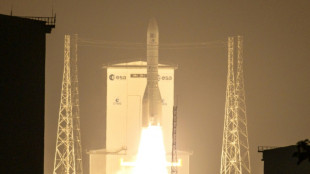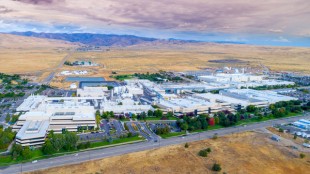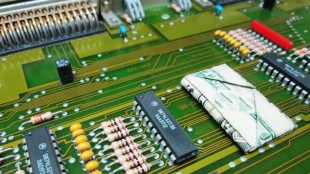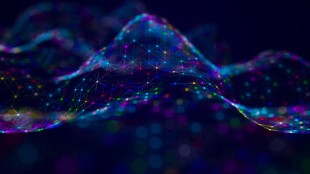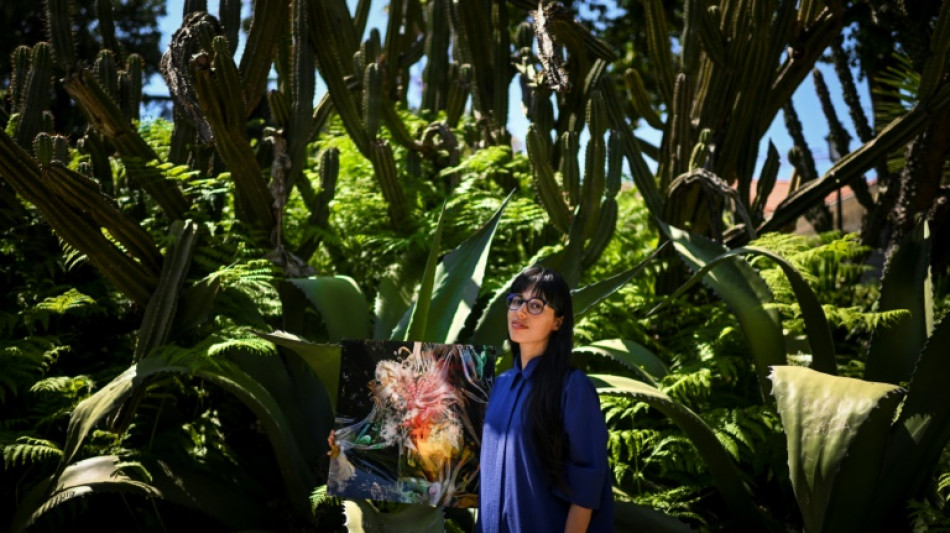
-
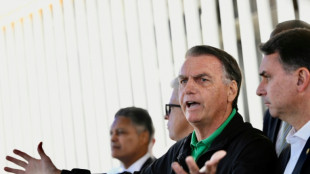 Brazil Congress passes bill to cut Bolsonaro prison term
Brazil Congress passes bill to cut Bolsonaro prison term
-
Cricket Australia boss slams technology 'howler' in Ashes Test
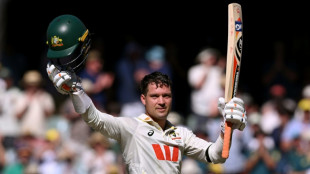
-
 New Zealand 83-0 at lunch on day one of third West Indies Test
New Zealand 83-0 at lunch on day one of third West Indies Test
-
Ecuadorean footballer Mario Pineida shot and killed

-
 US government admits liability in deadly DC air collision
US government admits liability in deadly DC air collision
-
Ex-podcaster Dan Bongino stepping down as deputy FBI director
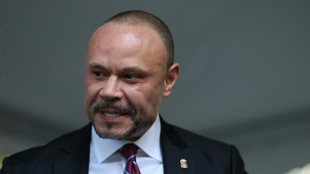
-
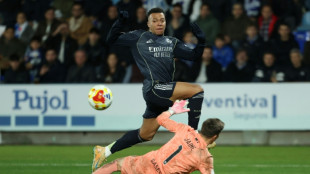 Real Madrid scrape past third-tier Talavera in Spanish Cup
Real Madrid scrape past third-tier Talavera in Spanish Cup
-
Hunt for US college mass shooter drags into fifth day
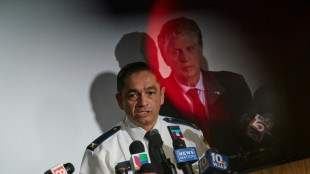
-
 Cherki inspires Man City, Newcastle strike late to reach League Cup semis
Cherki inspires Man City, Newcastle strike late to reach League Cup semis
-
Barcelona, Lyon and Chelsea reach Women's Champions League quarters
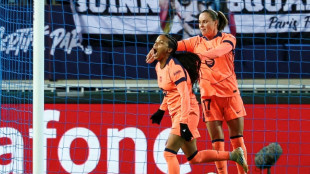
-
 Venezuela reacts defiantly to US oil blockade, claims exports unaffected
Venezuela reacts defiantly to US oil blockade, claims exports unaffected
-
Nasdaq tumbles on renewed angst over AI building boom

-
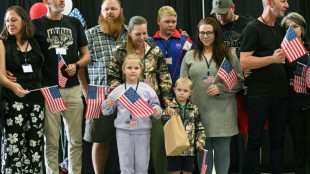 S.Africa expels Kenyans working on US Afrikaner 'refugee' applications
S.Africa expels Kenyans working on US Afrikaner 'refugee' applications
-
US Congress ends Syria sanctions
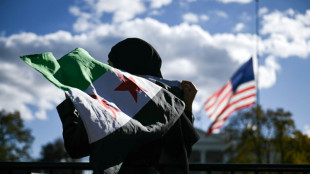
-
 Cherki inspires Man City cruise into League Cup semis
Cherki inspires Man City cruise into League Cup semis
-
Billionaire Trump nominee confirmed to lead NASA amid Moon race
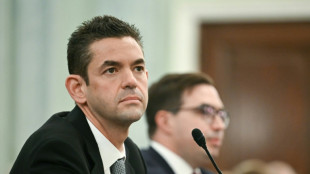
-
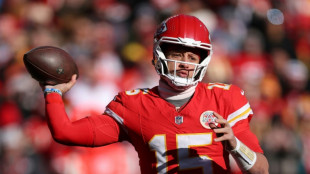 Mahomes undergoes surgery, could return for 2026 opener: Chiefs
Mahomes undergoes surgery, could return for 2026 opener: Chiefs
-
Melania Trump steps into spotlight in Amazon film trailer
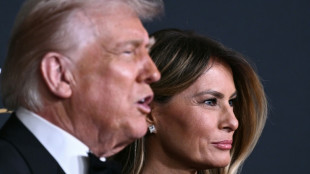
-
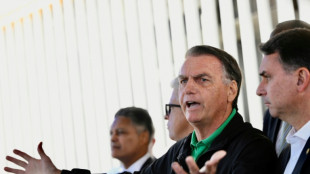 Brazil Senate advances bill that could cut Bolsonaro jail term
Brazil Senate advances bill that could cut Bolsonaro jail term
-
Safonov hero as PSG beat Flamengo in Intercontinental Cup
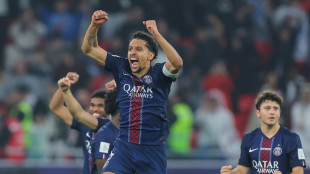
-
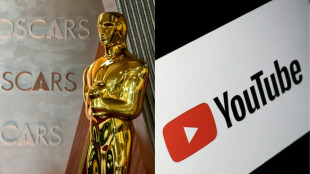 Oscars to stream exclusively on YouTube from 2029
Oscars to stream exclusively on YouTube from 2029
-
Oscars to stream exclusively on YouTube from 2029: Academy
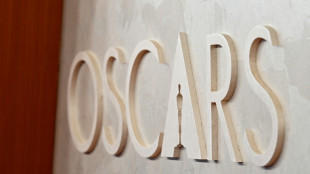
-
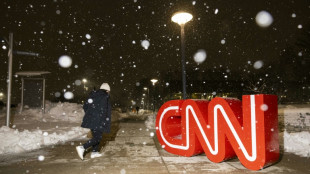 CNN's future unclear as Trump applies pressure
CNN's future unclear as Trump applies pressure
-
Brazil threatens to walk if EU delays Mercosur deal

-
 Zelensky says Russia preparing for new 'year of war'
Zelensky says Russia preparing for new 'year of war'
-
Rob Reiner's son appears in court over parents' murder

-
 US Congress passes defense bill defying Trump anti-Europe rhetoric
US Congress passes defense bill defying Trump anti-Europe rhetoric
-
Three Russia-themed anti-war films shortlisted for Oscars
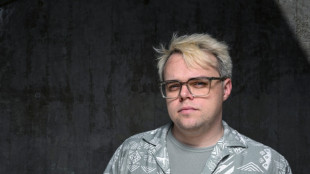
-
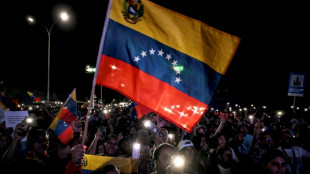 US oil blockade of Venezuela: what we know
US oil blockade of Venezuela: what we know
-
Palace boss Glasner says contract talks on hold due to hectic schedule
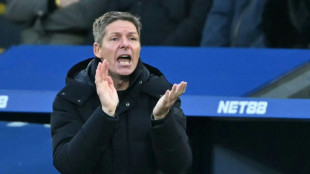
-
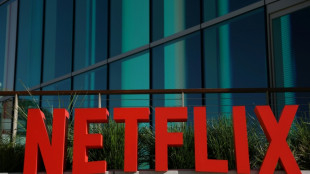 Netflix to launch FIFA World Cup video game
Netflix to launch FIFA World Cup video game
-
Venezuela says oil exports continue normally despite Trump 'blockade'

-
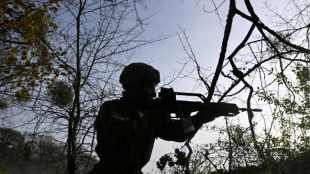 German MPs approve 50 bn euros in military purchases
German MPs approve 50 bn euros in military purchases
-
India v South Africa 4th T20 abandoned due to fog
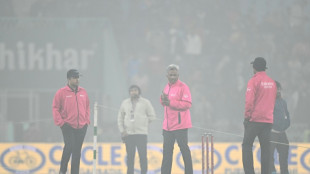
-
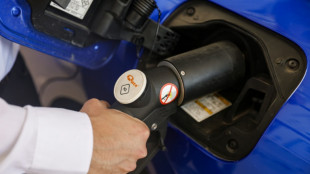 Hydrogen plays part in global warming: study
Hydrogen plays part in global warming: study
-
EU's Mercosur trade deal hits French, Italian roadblock
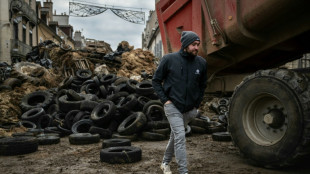
-
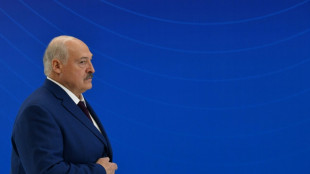 What next for Belarus after US deal on prisoners, sanctions?
What next for Belarus after US deal on prisoners, sanctions?
-
Brazil Senate debates bill that could slash Bolsonaro jail term
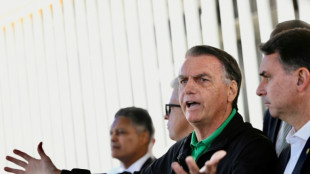
-
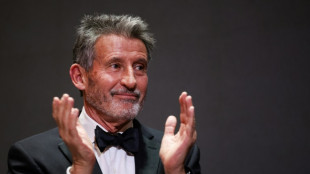 Coe shares 'frustration' over marathon record despite Kenyan's doping ban
Coe shares 'frustration' over marathon record despite Kenyan's doping ban
-
Stolen Bruce Lee statue 'returns' to Bosnia town
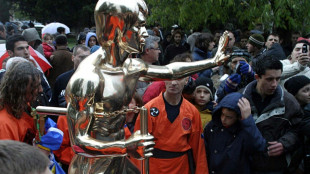
-
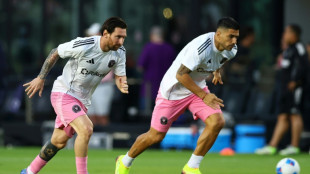 Veteran Suarez signs new Inter Miami contract
Veteran Suarez signs new Inter Miami contract
-
Warner Bros rejects Paramount bid, sticks with Netflix
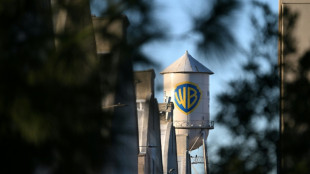
-
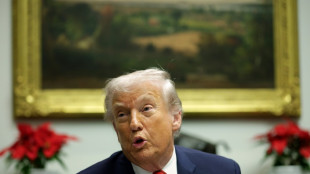 Crude prices surge after Trump orders Venezuela oil blockade
Crude prices surge after Trump orders Venezuela oil blockade
-
Balkan nations offer lessons on handling cow virus sowing turmoil
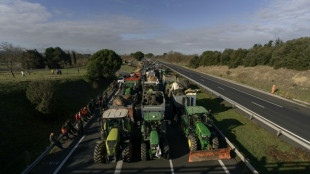
-
 French readers lap up Sarkozy's prison diaries
French readers lap up Sarkozy's prison diaries
-
UK PM warns Abramovich 'clock is ticking' over Chelsea sale fund
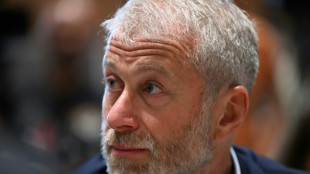
-
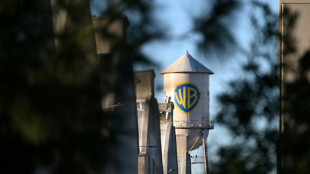 Warner Bros. Discovery rejects Paramount bid
Warner Bros. Discovery rejects Paramount bid
-
Winners of 2026 World Cup to pocket $50 million in prize money
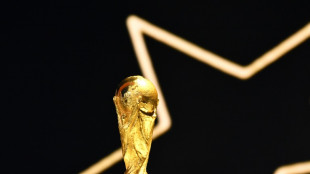
-
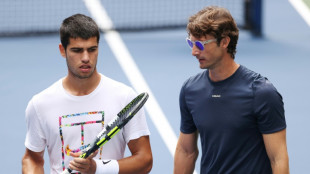 World no. 1 Alcaraz ends 'incredible ride' with coach Ferrero
World no. 1 Alcaraz ends 'incredible ride' with coach Ferrero
-
World number one Alcaraz announces 'difficult' split with coach Ferrero
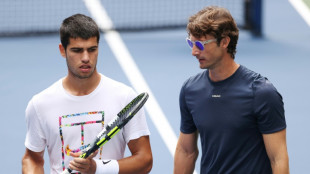

Is AI the future of art?
To many they are art's next big thing -- digital images of jellyfish pulsing and blurring in a dark pink sea, or dozens of butterflies fusing together into a single organism.
The Argentine artist Sofia Crespo, who created the works with the help of artificial intelligence, is part of the "generative art" movement, where humans create rules for computers which then use algorithms to generate new forms, ideas and patterns.
The field has begun to attract huge interest among art collectors -- and even bigger price tags at auction.
US artist and programmer Robbie Barrat -- a prodigy still only 22 years old -- sold a work called "Nude Portrait#7Frame#64" at Sotheby's in March for £630,000 ($821,000).
That came almost four years after French collective Obvious sold a work at Christie's titled "Edmond de Belamy" -- largely based on Barrat's code -- for $432,500.
- A ballet with machines -
Collector Jason Bailey told AFP that generative art was "like a ballet between humans and machines".
But the nascent scene could already be on the verge of a major shake-up, as tech companies begin to release AI tools that can whip up photo-realistic images in seconds.
Artists in Germany and the United States blazed a trail in computer-generated art during the 1960s.
The V&A museum in London keeps a collection going back more than half a century, one of the key works being a 1968 piece by German artist Georg Nees called "Plastik 1".
Nees used a random number generator to create a geometric design for his sculpture.
- 'Babysitting' computers -
Nowadays, digital artists work with supercomputers and systems known as Generative Adversarial Networks (GANs) to create images far more complex than anything Nees could have dreamed of.
GANs are sets of competing AIs –- one generates an image from the instructions it is given, the other acts as a gatekeeper, judging whether the output is accurate.
If it finds fault, it sends the image back for tweaks and the first AI gets back to work for a second try to beat the gamekeeper.
But artists like Crespo and Barrat insist that the artist is still central to the process, even if their working methods are not traditional.
"When I'm working this way, I'm not creating an image. I'm creating a system that can create images," Barrat told AFP.
Crespo said she thought her AI machine would be a true "collaborator", but in reality it is incredibly tough to get even a single line of code to generate satisfactory results.
She said it was more like "babysitting" the machine.
Tech companies are now hoping to bring a slice of this rarefied action to regular consumers.
Google and Open AI are both touting the merits of new tools they say bring photorealism and creativity without the need for coding skills.
- Enter the 'transformers' -
They have replaced GANs with more user-friendly AI models called "transformers" that are adept at converting everyday speech into images.
Google Imagen's webpage is filled with absurdist images generated by instructions such as: "A small cactus wearing a straw hat and neon sunglasses in the Sahara desert."
Open AI boasts that its Dalle-2 tool can offer any scenario in any artistic style from the Flemish masters to Andy Warhol.
Although the arrival of AI has led to fears of humans being replaced by machines in fields from customer care to journalism, artists see the developments more as an opportunity than a threat.
Crespo has tried out Dalle-2 and said it was a "new level in terms of image generation in general" -- though she prefers her GANs.
"I very often don't need a model that is very accurate to generate my work, as I like very much when things look indeterminate and not easily recognisable," she said.
Camille Lenglois of Paris's Pompidou Centre -- Europe's largest collection of contemporary art -- also played down any idea that artists were about to be replaced by machines.
She told AFP that machines did not yet have the "critical and innovative capacity", adding: "The ability to generate realistic images does not make one an artist."
O.Johnson--AMWN
